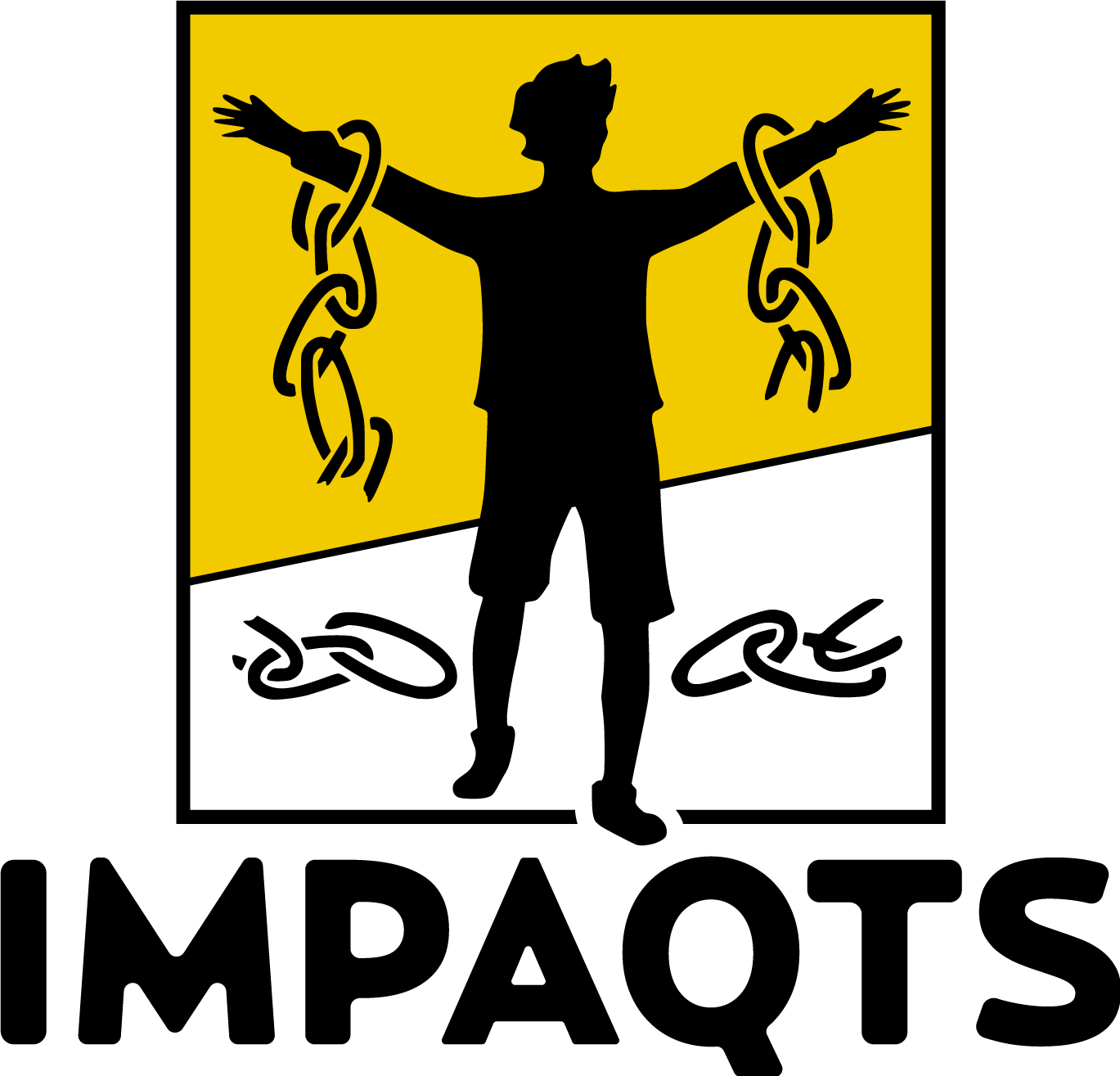Content

More than anything else, however, traditionalists believe they have earned the right to be respected largely based on their lengthy track record of experience. It is also reported there are not enough millennials to replace the retiring workforce and employers will have to address what is important to millennials in order to bring this group into the workforce. With ASSP, you can grow your future career, build your network, expand your education, connect with industry experts and earn scholarships. We connect you to great resources that help you prevent workplace injuries, illnesses and fatalities. We are committed to advancing our profession through evidence-based approaches such as risk assessment and prevention through design. Today’s workforce includes a wide variety of ages and experiences, perhaps more so than in any other era.
- These trends are improving clinical prevention, environmental health and safety, ergonomics, health promotion, wellness and productivity.
- The session would be short and to the point, causing little interruption in the daily workflow.
- Studies show millennials have different views on workplace safety education and training than their parents and grandparents.
- No matter how important the subject matter of the training may be, there are not many workers who would be willing to read through pages of text in a training manual or focus through hours of uninspiring PowerPoint presentations, without some serious application.
- Employers are required to complete annual minimum coverage, actual deferral percentage, actual contribution percentage, and top-heavy testing to prevent discrimination in favor of highly compensated employees.
Fast loading https://adprun.net/s, a beautiful and simple interface and helpful tools such as easy search functionality — with ReadyKey, you can put an entire training program in your workers’ pockets that they can navigate intuitively. Unprecedented rates of staff turnover, coined “the Great Resignation,” and the continued strain of the pandemic mean that organizations are having to conduct onboarding and upskill current staff far more frequently than ever before. When considering industries such as manufacturing, agriculture, and construction, it is even more crucial that employees are kept up to speed with training to ensure the continuity of operations and the safety of workers. Traditional approaches to training simply can not fulfill these needs today, but we still speak to vast amounts of organizations that have yet to implement more effective and appropriate methods. The use of technology is a no-brainer when designing an effective millennials workplace safety training method for your younger employees. The importance of integrating technology in your safety training regime cannot be emphasized enough.
Occupational Safety and Health: Fundamental Principles and Philosophies
How can employers address the management needs of this multigenerational workforce and their diverse sets of values? The most obvious change in values is the loyalty factor of each generation. Baby boomers began their careers believing they might only have a few employers over the course of their working years, whereas Generation X workers are more likely to change employers frequently to gain experience and better salaries.
How does the millennial approach work?
Millennials work long hours, don't expect work to stop when they leave the office, and are quite motivated. They want to contribute beyond their job descriptions and move up in the organization. Minimize repetitive work and engage Millennials in the workplace to improve processes so everyone's work is more efficient.
While that’s not surprising due to the many macro stressors, it supports the notion that mental health challenges affect nearly all of us on a regular basis. One silver lining amid all the disruption and trauma is the normalization of mental health challenges at work. In 2019, employers were just starting to grasp the prevalence of these challenges, the need to address stigma, and the emerging link to diversity, equity, and inclusion . In 2020, mental health support went from a nice-to-have to a true business imperative. Fast forward to 2021, and the stakes have been raised even higher thanks to a greater awareness of the workplace factors that can contribute to poor mental health, as well as heightened urgency around its intersections with DEI.
It’s a New Era for Mental Health at Work
Activities of employers and OHS services during the developing COVID-19 epidemic in Poland. Ling M., Kothe E.J., Mullan B.A. Predicting intention to receive a seasonal influenza vaccination using protection motivation theory. Kim E.J., Park S. The role of transformational leadership in citizenship behavior.
Everyone should be involved in helping prepare the next How Millennials Are Changing Approaches To Workplace Safety Occupational Health & Safety of IH’s to meet these growing needs. The majority of the workforce today are familiar with technology and are happy to download and engage with a mobile app that is intuitive and functions as it should. When it comes to mobile support for training, particularly critical safety training, it is even more imperative that the app should be easy and enjoyable to use.
